What seabirds can tell us about the tide
29 November 2018
Many nature groups and societies around the world put GPS tags on birds to study their behaviour and movements. This helps scientists learn more about these animals and the information collected can be used to protect bird species. Now, Matt Cooper, a graduate from Bangor University in Wales, and his colleagues, have discovered that GPS information from seabirds can also be used to learn about our oceans. They published their results in the EGU journal Ocean Science. From 2011 to 2014, a team from the UK’s Royal Society for the Protection of Birds (RSPB) fitted GPS tags on birds called razorbills on Puffin Island, North Wales. These black and white seabirds, similar to puffins and guillemots, only come ashore to breed. They spend most of their time at sea, searching for food or resting on the ocean surface. The GPS tags on the razorbills, which did not hurt the animals, recorded their position every 100 seconds. With a set of positions and a known time between each of them, the scientists could calculate the speed and direction of the birds’ movements. After the sun set, the birds spent long periods at rest on the sea surface, drifting with the current. “[At these times] their changing position would reflect the movement of water at the ocean’s surface,” Matt explains. This means that, whenever the razorbills were resting at sea, Matt and his colleagues could use the information from the GPS tags to find out about the ocean currents and ocean tides in the North Wales region. By studying other tagged seabirds, we could learn more about our oceans, especially in far-away places where it can be more difficult to collect ocean information.Find out more
Discuss with your parents or teacher
What is GPS? Find out more at https://egu.eu/24SF9D/.
What are GPS tags?
Explore more: do you know of animal populations in your country that are being studied with the help of GPS tags?
(Advanced!) If you have a distance and a time, how can you calculate speed? Ask your maths teacher or check https://egu.eu/26CM1I/.
Print version
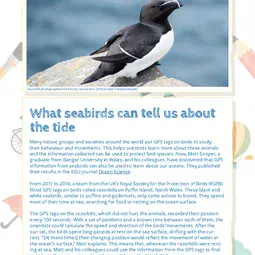
This is a kids' version of the EGU article: 'What seabirds can tell us about the tide'. It was written by Bárbara Ferreira (EGU Media and Communications Manager), reviewed for scientific content by Matt Cooper (lead-author of the scientific study, Bangor University graduate, UK) and Matt Lewis (School of Ocean Sciences, Bangor University, UK), and for educational content by Marina Drndarski (Biology teacher, Primary school Drinka Pavlovic, Belgrade, Serbia).
Translations
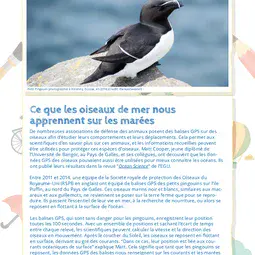
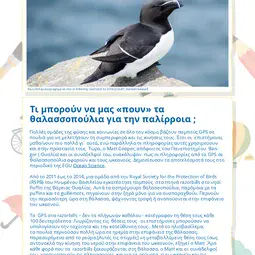
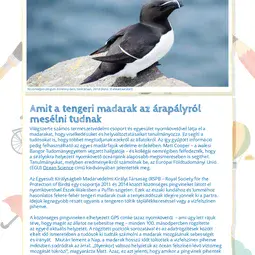
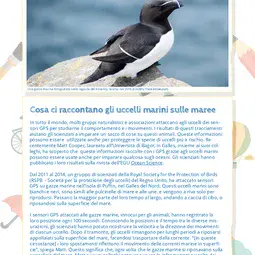
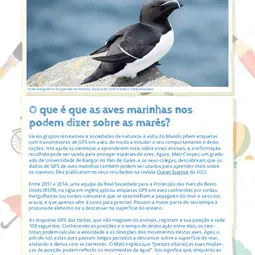
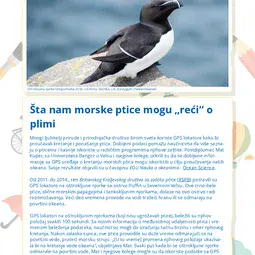
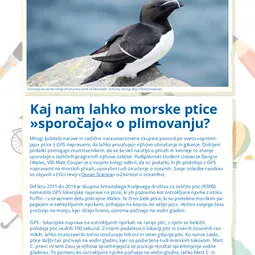
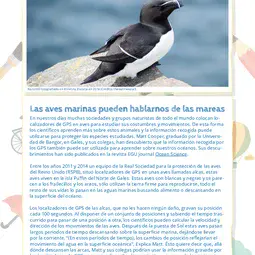
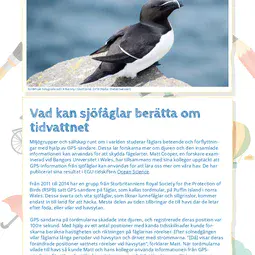
All English-language Planet Press releases are carefully edited, reviewed and proofed, by scientists, educators and EGU staff. Please note that once translated, Planet Press releases receive no further checks from EGU staff. For this reason, we cannot guarantee their accuracy, though we trust the quality of our voluntary translators and are grateful for their work.

